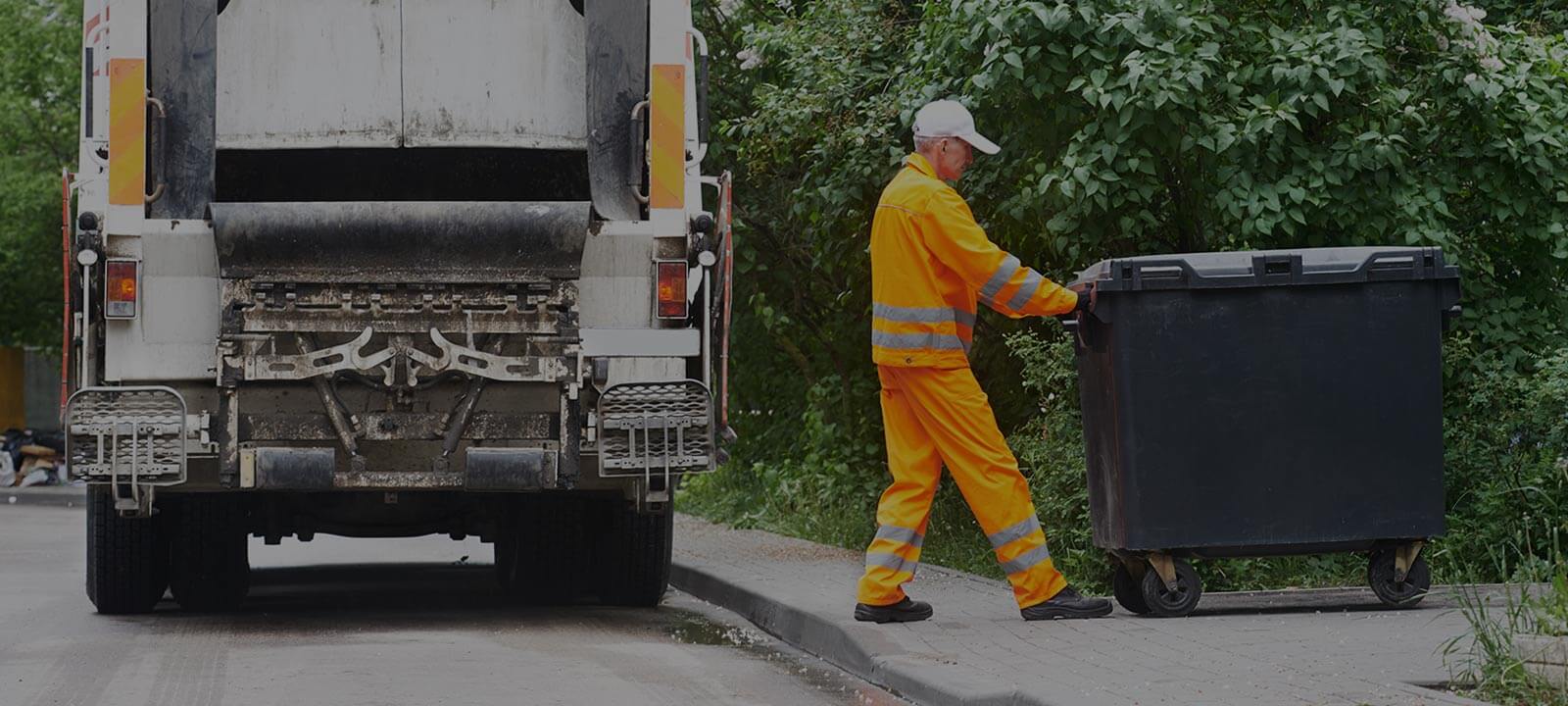Is Ocean Waste Solution Within Reach?
Posted on 16/09/2025
The increasing amount of ocean waste is a daunting problem. Not only does it threaten marine life, but it also impacts human health and economies worldwide. Efforts towards tackling this issue have grown significantly over the years, but the question still persists: is an ocean waste solution within reach?
The Scale of the Problem
The wasting problem in our oceans is colossal. Estimates suggest that around 8 million metric tons of plastic waste enter the oceans annually. This waste doesn't just disappear; it persists, breaks down into microplastics, and continues to haunt the marine ecosystem. Islands of garbage, like the Great Pacific Garbage Patch, are grim testaments to this issue. Thus, any solution must address the immense scale of the problem.

Current Solutions and Their Limitations
Several approaches are currently being employed to mitigate ocean waste:
- Beach Cleanups: Organizations and volunteers regularly conduct beach cleanups around the world. While beneficial, these efforts often provide only a short-term solution and do not stop waste from entering the ocean.
- Ocean Cleaning Devices: Innovations like The Ocean Cleanup project aim to tackle the problem head-on. Such devices can capture floating plastic waste, but they often face challenges like high costs and limited coverage areas.
- Recycling Initiatives: Enhanced recycling programs and technologies mean fewer plastics enter the ocean. However, these efforts are constrained by inadequate infrastructure and public participation.
Innovative Technologies
Advancements in technology can offer more efficient solutions.
- Autonomous Drones: These machines can help in monitoring and collecting waste over large areas, inaccessible by humans.
- Biodegradable Plastics: Investment into biodegradable materials could slow the addition of traditional plastic into marine environments. While promising, these materials must be rigorously tested for environmental safety.
- Chemical Recycling: This involves breaking down plastics into their chemical components for reuse. Though still in early stages, it could potentially eliminate waste and supply industries with recycled materials.
International Policies and Regulations
Legislation plays a vital role in controlling ocean waste. International bodies like the United Nations have initiated programs aimed at reducing marine pollution through stringent regulations and cooperation among nations. Banning single-use plastics, improving waste management infrastructure, and mandating recycling are steps in the right direction. However, enforcement remains inconsistent across different countries.
Public Awareness and Grassroots Movements
No solution can be effective without public buy-in. Educational campaigns and grassroots movements like "Plastic Free July" and "The Last Straw" have raised awareness and made significant impacts. Empowering local communities to engage in sustainable practices can yield long-term results.
The Role of Corporations
Corporations hold immense power to change the narrative around ocean waste. Many are now adopting Corporate Social Responsibility (CSR) initiatives focused on sustainability. By targeting packaging and production practices, the private sector can significantly reduce its waste footprint.
Pros and Cons of Current Efforts
Pros:
- Innovative solutions are being developed, showing that technological advancements have a significant role to play.
- Increased public awareness leads to better grassroots movements and behavioral changes.
- International policies offer a unified approach towards managing and reducing ocean waste.
Cons:
- High cost and limited reach of advanced technologies prevent widespread adoption.
- Inconsistent enforcement of international regulations undermines potential benefits.
- Public complacency and resistance towards behavioral changes can slow progress.
Tips for Contributing to the Solution
1. Reduce Single-use Plastics: Opt for reusable items wherever possible.
2. Participate in Local Cleanups: Join or organize beach and community cleanups.
3. Educate and Advocate: Spread awareness about the issue and support relevant policies.
4. Support Responsible Businesses: Choose products and brands committed to sustainability.

Key Takeaways
- Tackling ocean waste requires a multi-faceted approach.
- Technological innovations show promise but are not standalone solutions.
- International cooperation and public participation are crucial for sustained impact.
- Every individual can contribute through small, consistent actions.
Conclusion
To directly answer the question, "Is an ocean waste solution within reach?" -- Yes, but it will require a collective, sustained, and multi-pronged effort. Technological advances, public involvement, strong legislation, and corporate responsibility must all converge to address this global challenge effectively. While there is no panacea, the combined impact of these measures can make a significant difference, bringing us closer to a healthier, cleaner ocean.






